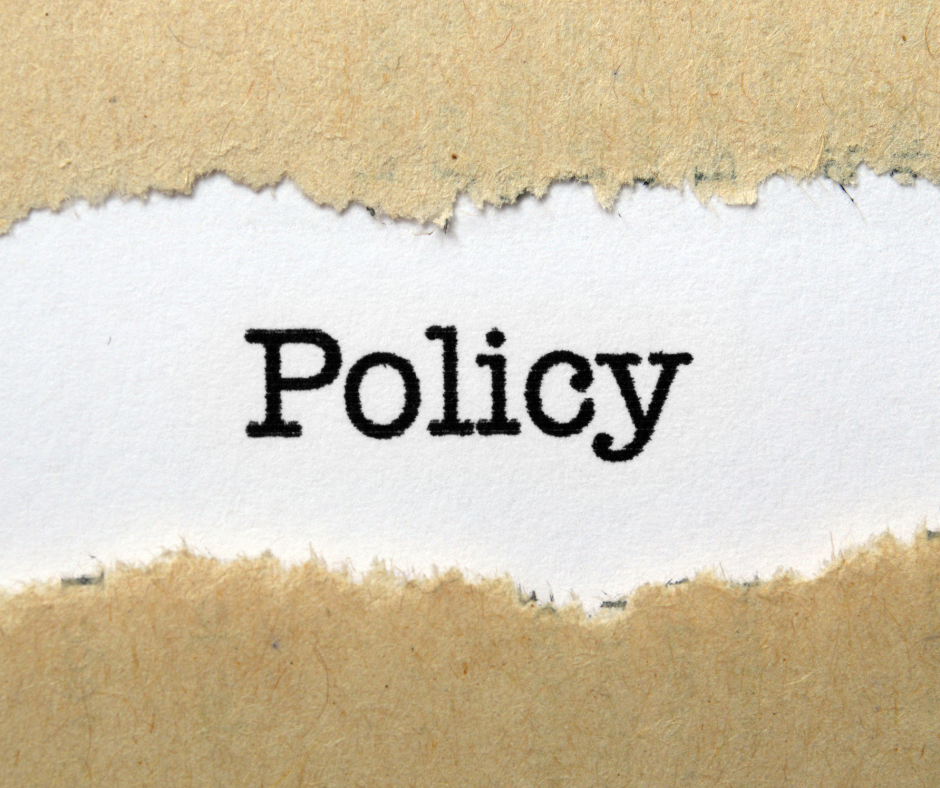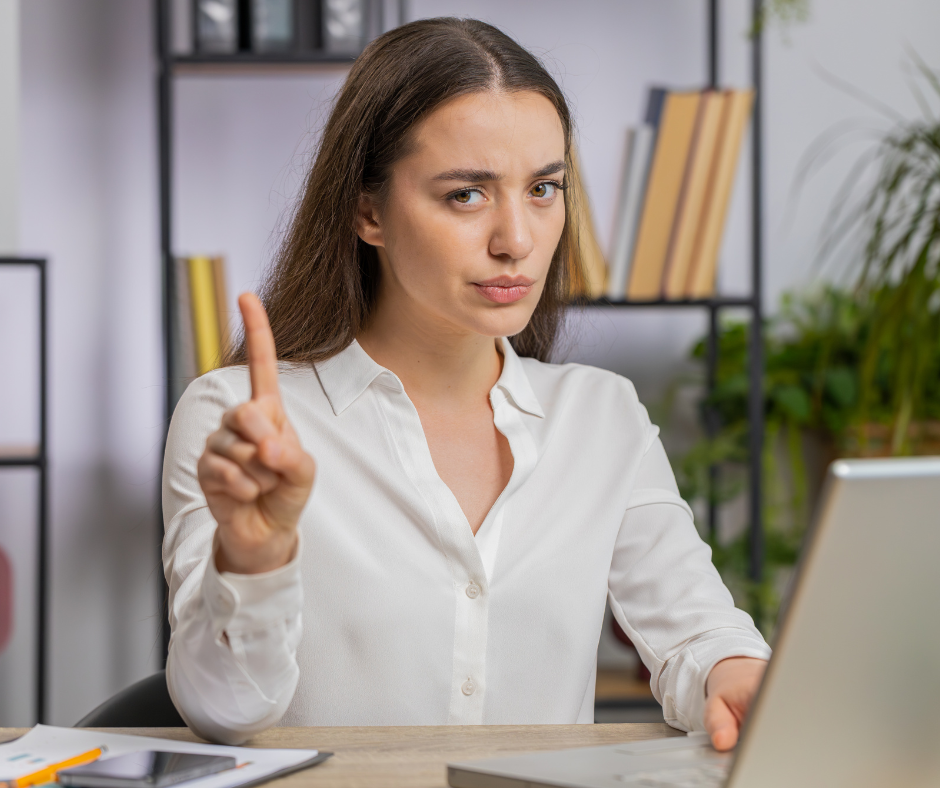Introduction
Immigration policies and border control measures have long been subjects of intense debate worldwide. Governments strive to balance national security, economic stability, and human rights, while societies grapple with the impact of immigration on demographics, culture, and social structures. The legal frameworks governing immigration are often complex and differ from country to country, affecting millions of individuals seeking better opportunities, safety, or reunification with their families.
In this article, we will explore the legal and social implications of immigration policies and border control measures, examining their effects on human rights, national security, economic growth, and social cohesion.
The Legal Framework of Immigration Policies
1. National Sovereignty vs. International Human Rights Laws
Every country has the sovereign right to regulate its borders and control who enters and exits. However, these regulations must align with international human rights laws, which advocate for the protection of refugees, asylum seekers, and migrants.
For example, the 1951 Refugee Convention outlines the rights of refugees and the obligations of nations to protect them. Similarly, Article 13 of the Universal Declaration of Human Rights states that every individual has the right to leave any country, including their own, and to seek asylum from persecution.
However, some immigration policies contradict these international agreements, leading to legal disputes and challenges in courts.
2. The Role of Immigration Laws in Shaping Societies
Countries establish immigration laws to regulate the entry and residence of foreign nationals. These laws typically cover:
- Visa regulations (e.g., tourist, work, and student visas)
- Naturalization and citizenship processes
- Refugee and asylum policies
- Deportation and removal procedures
Restrictive immigration policies can limit opportunities for skilled workers, while lenient policies may raise concerns about national security and resource allocation.
3. Border Control Measures and National Security
To combat illegal immigration and protect national security, governments implement border control measures such as:
- Border walls and fencing (e.g., the U.S.-Mexico border wall)
- Electronic surveillance and biometric screening
- Visa tracking systems
- Deportation programs for undocumented migrants
While these measures aim to prevent human trafficking, drug smuggling, and terrorism, they often raise ethical and legal concerns regarding racial profiling, civil liberties, and humanitarian obligations.
Social Implications of Immigration Policies
1. Economic Impact of Immigration
Immigration plays a crucial role in shaping economies, contributing to both benefits and challenges:
Benefits of Immigration:
- Labor force growth: Many industries, such as agriculture, healthcare, and technology, depend on migrant workers.
- Innovation and entrepreneurship: Immigrants start businesses at higher rates than native-born citizens.
- Economic contributions: Migrants pay taxes, contribute to social security, and fill labor shortages.
Challenges of Immigration:
- Job competition: Some fear that immigrants take jobs away from native workers, although research shows minimal impact on overall employment.
- Strain on public services: Rapid immigration growth can put pressure on housing, healthcare, and education systems.
2. Social Integration and Cultural Diversity
Immigrants enrich societies with diverse cultures, languages, and traditions. However, integration can be a complex process influenced by:
- Language barriers
- Discrimination and xenophobia
- Education and employment opportunities
- Political and media representation
While multiculturalism promotes inclusivity, some societies struggle with identity conflicts, leading to social tensions.
3. Humanitarian Concerns and Refugee Crises
Millions of people flee war, persecution, and climate-related disasters, seeking asylum in safer countries. However, restrictive immigration policies can:
- Deny refugees entry, leaving them in life-threatening situations.
- Lead to inhumane detention centers with poor living conditions.
- Separate families, causing long-term psychological trauma.
The Syrian refugee crisis, Rohingya crisis, and Afghan displacement are examples of humanitarian emergencies that challenge global immigration policies.
Case Studies: How Countries Handle Immigration
1. The United States: A Nation of Immigrants with Strict Border Policies
The U.S. has a long history of immigration but enforces strict border control policies. The Deferred Action for Childhood Arrivals (DACA) program offers protection to undocumented immigrants brought as children, while policies like the “Remain in Mexico” rule prevent asylum seekers from entering the U.S. until their cases are processed.
2. Canada: A Model for Skilled Immigration
Canada follows a points-based immigration system, prioritizing skilled workers, entrepreneurs, and family reunification. The country actively welcomes refugees and promotes multiculturalism, leading to strong economic and social integration.
3. European Union: Open Borders and Refugee Challenges
The Schengen Agreement allows free movement across EU member states, but the 2015 migrant crisis exposed weaknesses in handling large refugee inflows. Countries like Germany accepted millions of refugees, while others, like Hungary, implemented strict border policies.
The Future of Immigration Policies and Border Control
As global migration continues to rise due to climate change, economic instability, and geopolitical conflicts, immigration policies will need to adapt. Future trends may include:
- Increased use of AI and technology for border security and visa processing.
- More humanitarian-focused policies to accommodate refugees and displaced persons.
- Greater international cooperation in managing global migration challenges.
- Flexible work visas and remote work options to address labor shortages.
- Stronger legal frameworks to ensure fair treatment of migrants.
Conclusion: Striking a Balance Between Security and Humanity
Immigration policies and border control measures must balance national security, economic needs, and human rights. A restrictive approach can harm economies and human dignity, while an open-border policy can pose security and resource challenges.
To build a sustainable and inclusive future, governments must adopt evidence-based policies that foster economic growth, protect vulnerable migrants, and promote social harmony.
In a world where migration is inevitable, the key question remains: How can we create a fair, secure, and humane immigration system that benefits all?






